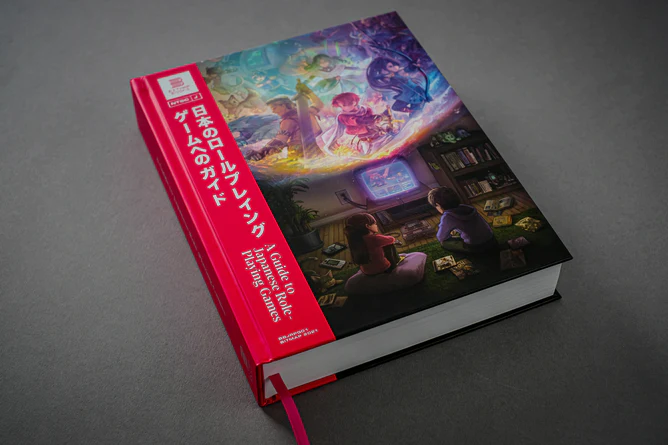
Video games have been widely ignored in physical print media. Sure, there have always been game magazines like Nintendo Power, EGM, and NextGen, but actual books that cover history and information about video games, the industry, game history and more are mostly flights of fancy still. Ask Iwata was a welcome surprise last year and if you happened to be paying attention, the Game Over books by David Sheff were fantastic historical references on Nintendo. But aside from those and a handful of others, there’s no real video game section of writing in the library. That’s pretty surprising considering the rather significant impact that gaming has had on culture worldwide and yet for some reason, the entire industry barely rates a mention in books.

Bitmap Books is out to change all that. The company’s goal is to celebrate video games, but not just the games. The people behind the games too, the developers, coders, writers, and everyone involved in making gaming so wildly successful in our current society. And Bitmap Books is doing it by…you guessed it, publishing physical books on gaming! Currently their library of available titles is standing at 26 books and slowly expanding. One of the most notable titles in that library however is A Guide To Japanese Role-Playing Games.
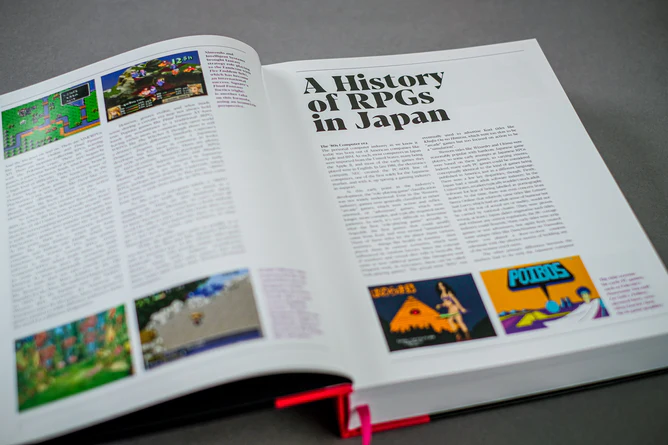
Few fans are more devout than RPG gamers. These are the people that live and breathe video games in a way that your cousin or aunt probably don’t. For RPG fans, a game isn’t just something you pick up to play for an hour and toss aside because you’ve got other things to do. It’s an entire world where you get to live the lives of others, play through their stories like an interactive movie, and experience all the joys and pitfalls that they may have along the way. Sounds hokey, right? It is, but it’s also entirely true. The whole point of playing a role is to absorb yourself into the role itself. It’s why Dungeons & Dragons is so popular almost 50 years after its inception and why people more and more tend to flock to video games more than movies, sometimes more than TV. Where else can you control the story? That’s the end goal of really compelling entertainment, right? To be the character?
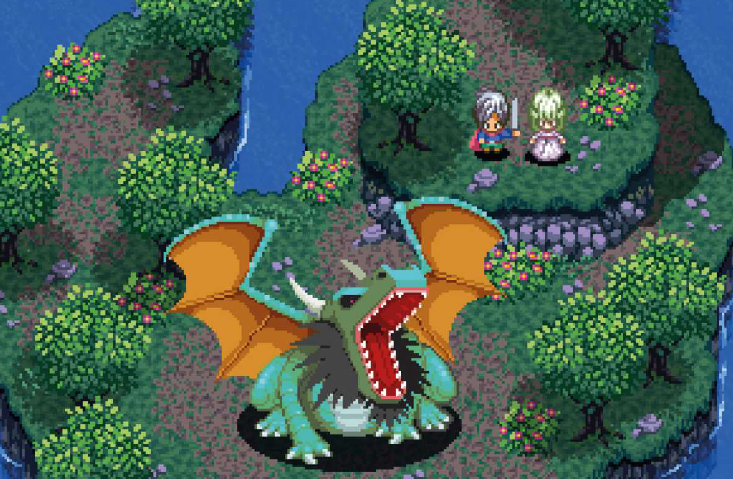
With such a rabid fan base, it’s no surprise that RPGs are generally reserved for more serious gamers, those that want to get lost in a variety of fantasy and sci-fi worlds. And their history dates back almost to the inception of computers. But until now, no one had ever really compiled a definitive look at the RPG genre, its history and origins, and how RPGs have changed over the years with the influence of Western gaming, the shift that Japanese game design caused, and the way all of that together created the modern gaming tapestry in relation to the role playing genre.
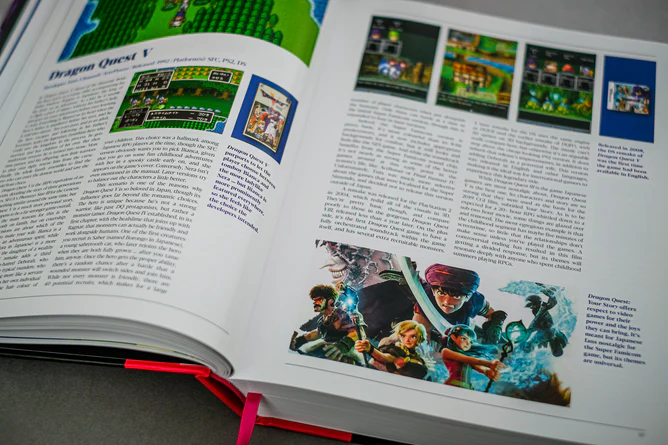
That’s exactly what A Guide to Japanese Role-Playing Games does. It defines the JRPG genre as a whole, almost in the way a university-level research paper would (the only thing missing are the citations) and then goes on to expand throughout the entirety of the genre. It’s a fascinating deep dive into one of the most compelling types of gaming out there and let’s be honest, a book that’s been a long time coming. And this is one behemoth of a book too! A 652 page hardback (yes, you read that right) with a sewn binding designed to be opened and laid flat without damage to the spine. The pages are glossy, using acid-free paper and the vast trove of screenshots used in the text are all high-quality with brightly colored images. This is one serious book…the kind of book a JRPG might carry as an actual weapon and slaughter goblins with! A ribbon bookmark is sewn in as well, allowing you to save your spot in style! With silver foil lettering, a slick cover with traditional JPG art and a high contrast spine color (note that the first printing was a cloth spine cover and the newest printing has shifted to a smoother spine cover), this is one huge and gorgeous book. Not that we’re judging it by its cover mind you, but it’s a very well-made volume!

It’s important to note at this point that Bitmap Books provides some of the best packaging in the book market. If you’re skeptical, there are some pictures below to convince you but basically aside from being run over by multiple vehicles at high speed, blown up, or thrown out of a plane, there’s not much chance that you’re book will be damaged during shipping. That’s a big deal because this gigantic text will run you almost $60 plus shipping. Don’t worry, it’s worth every single penny.
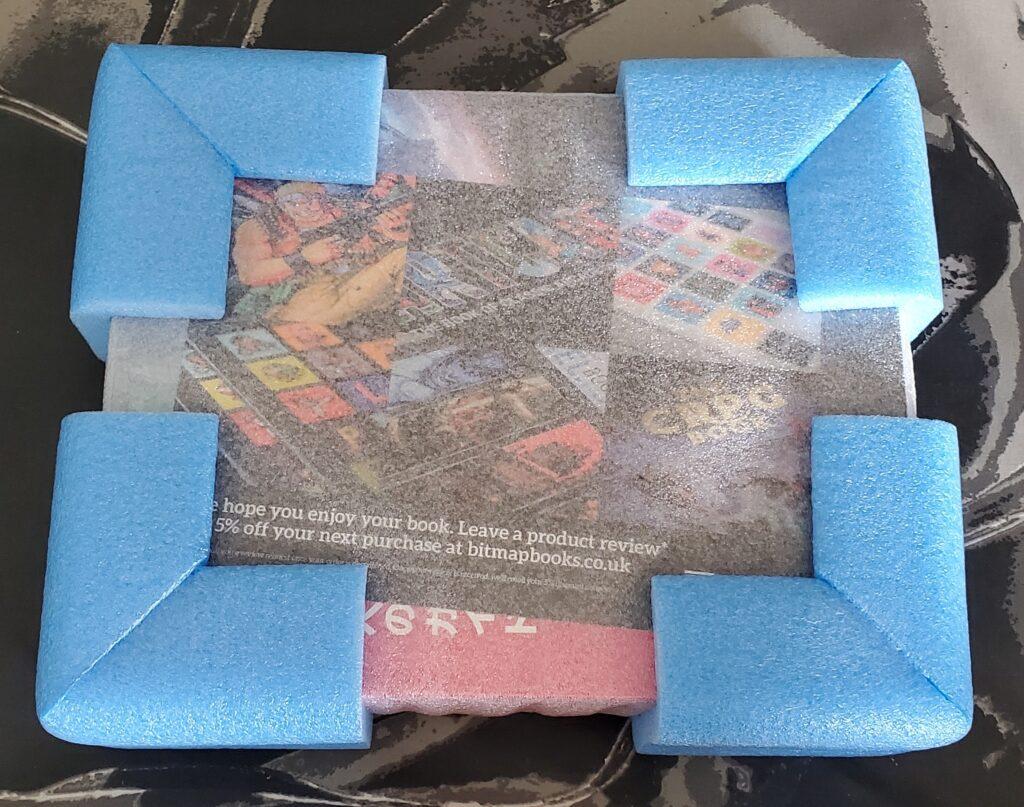
Once you manage to work your way through the delightfully secure and surprisingly visually appealing packaging, you’ll find that it’s hard to even choose where to start in A Guide To Japanese Role-Playing Games. The introduction segues into a fairly detailed discussion of the history of RPGs in Japan and unless you’re already a video game historian, you’re likely to learn a few things. After that it’s time to learn about localization. For some of us older gamers, this is fascinating because we knew a lot of games were out in Japan but never really understood why they couldn’t be released in North America as well. Note that the book generally assumes you are an English-speaking gamer. While some of us know the history of Working Designs translations for example, learning about the character counts in early JRPGs and the reasons behind bad or limited translations is utterly engaging and it was honestly hard to put down this entire section. After localization, there’s a shorter discussion on game soundtracks which could honestly be expanded into its own book, some coverage of anime and its influences on gaming, and even a short section on one of the top tropes in JRPG gaming (we won’t spoil it for you though). That’s one heck of a package so far, probably a couple hours of reading for most people and we’re still in the intro! This is a text dense book with small print and double columns, accompanied by an absolute smorgasbord of photos showing virtually every JRPG you’ve ever heard of and more than a few you haven’t.
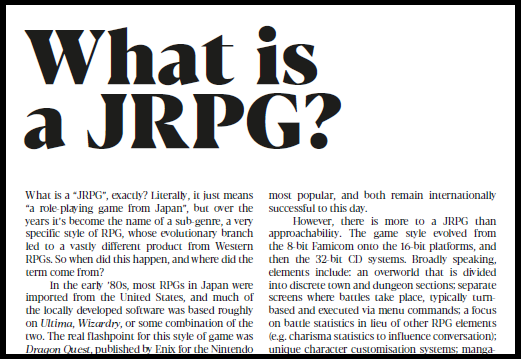
Now it’s time to talk about the real meat of the text and there’s a lot going on here, starting with a section on Japanese PC RPGs. There’s an absolute ton of these and even if you’re an aficionado, there’s almost assuredly a few you haven’t heard of here. The downside of this section is that unless they’re fan-translated, most of these are sadly unplayable for Westerners and honestly probably fairly hard to find in Japan as well. But the history of each is fascinating and overviews of each game take into account game design elements, comparisons to other similar works, graphics, sound, and even fun factor. Every single title covered in the book is written up in a review format that gives a clear and concise explanation of the game and whether it is even worth your time (spoiler: some definitely aren’t).

After the history lesson, it’s time to look at the main franchises and it’s no surprise that this is where we find our first larger chapter, that of Falcom. For people who aren’t familiar with the company, they make the Ys games, cult classics like Popful Mail, and of course, the Legend of Heroes series. We’ve covered lots of Falcom titles here at ROG and they’re a fantastic company, well-deserving of the detailed coverage in this book. For many RPG gamers, The Legend of Heroes is the pinnacle of the genre, with a huge story covering multiple series, a massive backstory and fantastic characters. It’s no surprise that they’re covered heavily in the book and this sets the standard for the rest of the volume. Each game gets its own entry with key titles receiving expanded coverage and details linking any crossover in games provided. The detail level here is simply outstanding and for anon-fiction book that gives well-considered synopses of games, each entry is fascinating whether you’ve played the titles or not.

As you might guess, this is only the first section in a series of major parts of A Guide to Japanese Role-Playing Games however. Dragon Quest, Final Fantasy, the Shin Megami Tensei/Persona series, and the Tales series each have comprehensive and detailed analyses of each major title in the franchise and most of the minor ones as well. Falcom alone receives 30 pages of coverage and the other major franchises are close behind. Honestly, there’s so much information it honestly starts to blur together a bit and it is advised that you take your time because there is simply so much content here that it’s impossible to really process it over a short period of time.

Once you’re through the major franchises, the minor stuff is next, including such classics as the Star Ocean series, the Xeno games (Xenogears, Xenoblade Chronicles, Xenosaga, etc.), the Phantasy Star games, Breath of Fire, Lunar, Grandia, Suikoden, and so much more. While they might be smaller in sheer number of games, there’s nothing minor about many of the entries in this section. Phantasy Star and Suikoden alone are two series which a whole book each could be created and that’s just for starters.
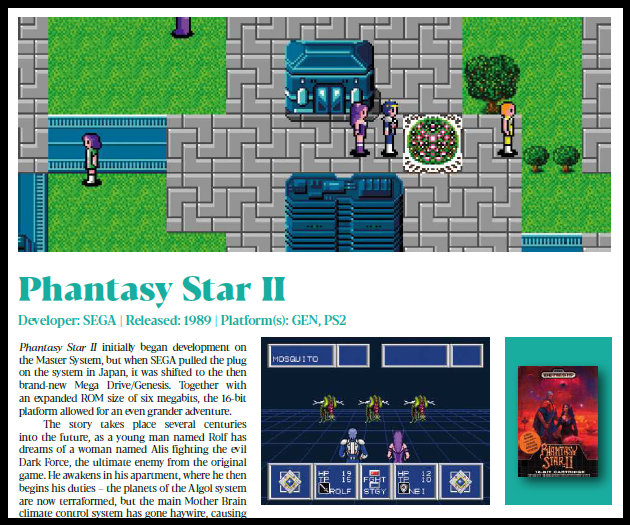
Next there are Action RPGs, a whole sub-genre which might cause more than a few Twitter feuds by their inclusion into this book with titles like The Legend of Zelda, Secret of Mana, Soul Blazer, Dark Cloud, and King’s Field. Even the Souls series and the Yakuza series get a mention here. Now to many people, these are not traditional RPGs and that’s kind of the point. Video games certainly don’t fit into a single genre much of the time and the Action RPG genre has had a noticeable impact on the design of JRPGs as well as existing as a genre in its own right. And it’s that RPG section of Action RPG that we’re really concerned with anyway, the inclusion of elements that are cross-genre. It’s also fantastic to see some niche classics receive recognition here like The Guardian Legend, Neutopia, Landstalker, and the incredibly brilliant Alundra.
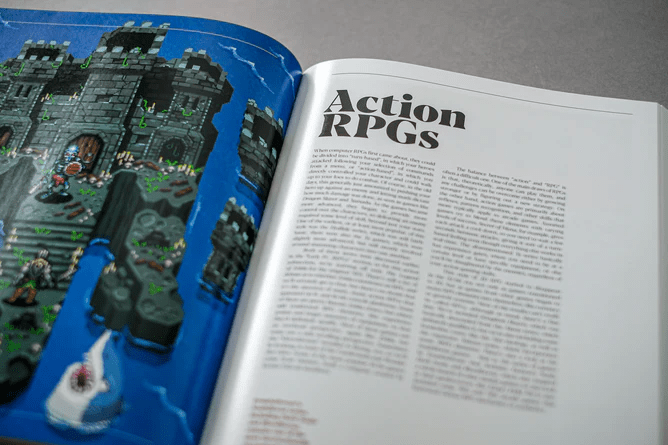
If Action RPGs are included, there’s definitely another key sub-genre of JRPGs that can’t be ignored and that’s Strategy RPGs. If anything, SRPGs are even closer to the JRPG formula than Action RPGs are and could easily rate their own monster volume as well. The venerated Fire Emblem franchise only gets four pages for the entire series however, and the same goes for Shining Force. Other key titles like Langrisser, Tactics Ogre/Ogre Battle, and the Final Fantasy Tactics series receive even less, a bit disappointing but we can’t have it all or the book would be too big to lift!
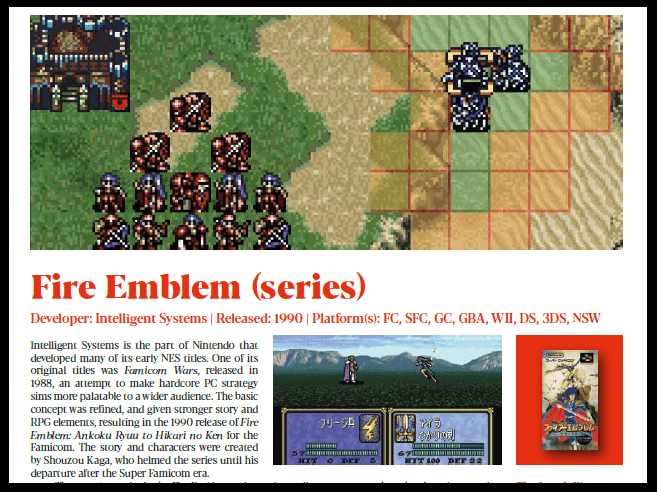
By now you probably have a firm grasp on the sheer scope of this magnificent volume and there’s still more. Sections on First-Person RPGs such as Wizardry and Etrian Odyssey, Japanese Rogue-likes, Monster-Collecting RPGs like Pokemon and an assortment of other unclassified RPG-related games round out the end of the book, leaving your head spinning with a myriad of details reserved for the most dedicated of fans. At the end, there’s even a n index where you can look up any entry by game or franchise title, allowing you to pick and choose what you want to read about as you see fit.
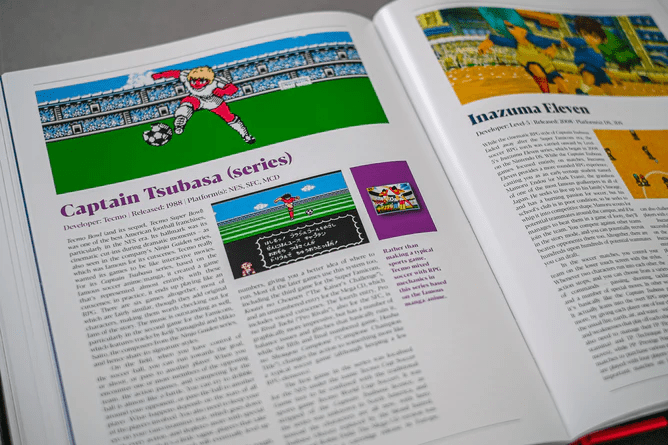
For the price point, it’s hard to argue that A Guide To Japanese Role-Playing Games is anything but an outstanding offering that is a must-own volume in any JRPG fan’s personal library. The coverage and detail is amazing, the information is fascinating, the photos are excellent and the design of the book itself is nothing short of magnificent. And on top of everything else, Bitmap also provides a full PDF of the book itself so you can also use it as a digital reference (albeit with a limited number of downloads allowed). For $60, this is more than just a coffee table book, it’s a peek under the hood at the entire history of JRPGs mixed with a functional and informative volume that is as much reference material as fan service. A Guide To Japanese Role-Playing Games is the book on JRPGs that you never knew you needed and you won’t want to be without it!
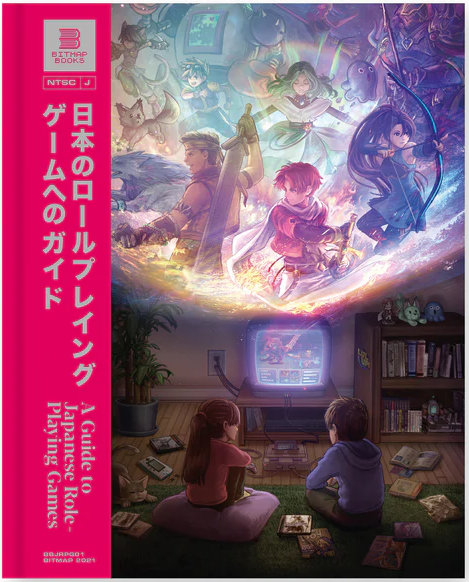
This review is based on a physical copy of A Guide To Japanese Role-Playing Games provided by Bitmap Books. The book is available to buy here, so don’t hesitate to check it out because it is absolutely worth your time. And if this review feels like an ad to you…it isn’t. The book really is that good and it’s just hard to stop gushing about it! But hey, don’t just take our word for it…go check it out! Most photos are directly from the book and have been cropped and had borders added.

